Similar to Castel Nuovo, the great fortress on the sea of the capital, albeit smaller in size.
It still presents most of those characteristics, starting with its trapezoidal plan, the Ducal Castle that stands in the center of the ancient hamlet of Faicchio And developed all around it, since its foundation in the 12th century, when the Sanframondo nobles, of Norman descent, were the lords of the area. They were the once who chose the place that watched the Titerno valley from above, between Mount Acero, already used as a fortified outpost by the Samnites, and Mount Monaco di Gioia, from whose thick beech woods the toponym Faicchio probably comes from. In that favorable and strategic location they built their new, mighty castle, surrounded by a moat and accessible only from the drawbridge.
And developed all around it, since its foundation in the 12th century, when the Sanframondo nobles, of Norman descent, were the lords of the area. They were the once who chose the place that watched the Titerno valley from above, between Mount Acero, already used as a fortified outpost by the Samnites, and Mount Monaco di Gioia, from whose thick beech woods the toponym Faicchio probably comes from. In that favorable and strategic location they built their new, mighty castle, surrounded by a moat and accessible only from the drawbridge.

The castle remained property of the Sanframondo family for a long time, and in the meantime it became the core of a new town, that continued to grow under its protection. When in 1479, the Monsorio noble were in charge, the fortress underwent a major renovation over a period of forty years, taking inspiration from the Angevin castle in Naples that the Aragonese almost completely transformed. Thus, the castle of Faicchio took on the appearance that it still largely retains, even if of the four ancient cylindrical towers only three are still standing. Two of them are located on the sides of the stone entrance, on which a loggia with three openings was originally placed. The façade that aims at today's Piazza Roma, heart of the town, has terraces arranged on two orders, at the bottom the reception rooms and above the private apartment.
From the lower terrace that incorporates the third tower, Palatine Chapel can be accessed. There is still a trap door, linked to one of the tales handed down on the castle: at the end of the mass for the condemned, they were invited to kiss a painting of Santa Barbara and, while they were intent on the rite, under their feet the trapdoor would open throwing them into the dungeons.
As in the most famous Neapolitan model, the internal courtyard is characterized, on the left, by a staircase leading to the main floor and, on the right, by a porch, made of tuff like the rest of the building. The access to the vast underground areas and the prison is also located in the courtyard.
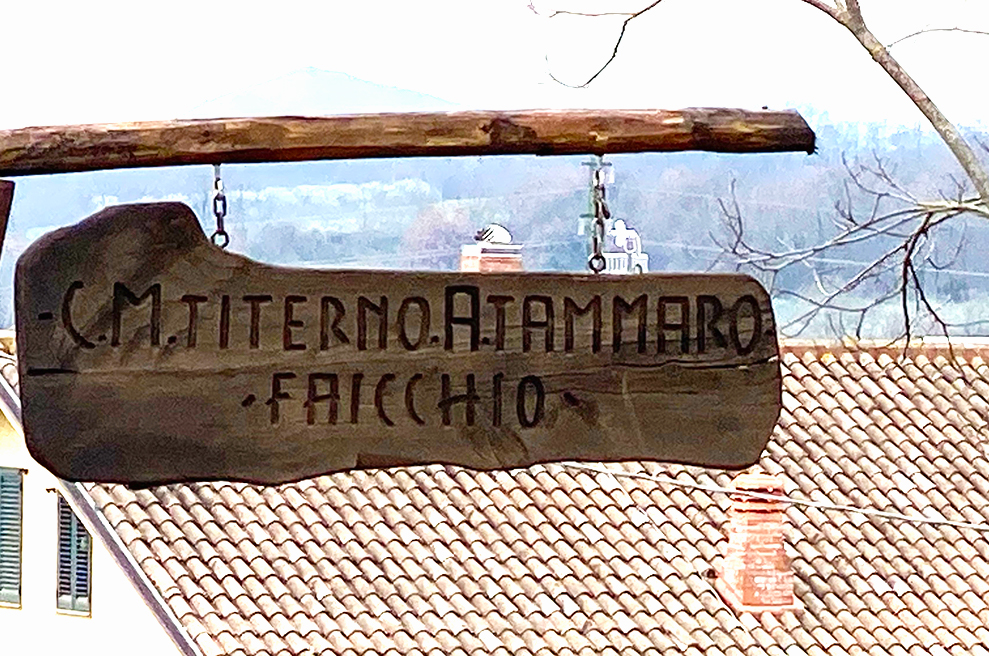
Another phase of transformation of the castle coincided with its acquisition in 1612 by the noble Gabriele De Martino, Duke of Faicchio, who, having the building lost the defensive needs of the past, decided to refurbish the structure for exclusive residential use. The renovated ducal palace withstood well the earthquake of June 5, 1688. In the 18th century, the new fashion wave made Baroque stucco flourish in the Palatine Chapel too, which was also equipped with a bell tower.
The last of the De Martino family, Salvatore, remained without heirs, on his death at the end of the 18th century, the changes of hands and the vicissitudes that gradually handed the ancient manor over to abandonment began. This condition became definitive with the abolition of feudalism during the French decade, in 1806. From then on, the turreted palace fell into a decay that lasted over a century and a half. It was only in 1960 that the castle found new owners who restored it to open it to the public. Finally, in 2000, after a further restoration, it was destined to host events.
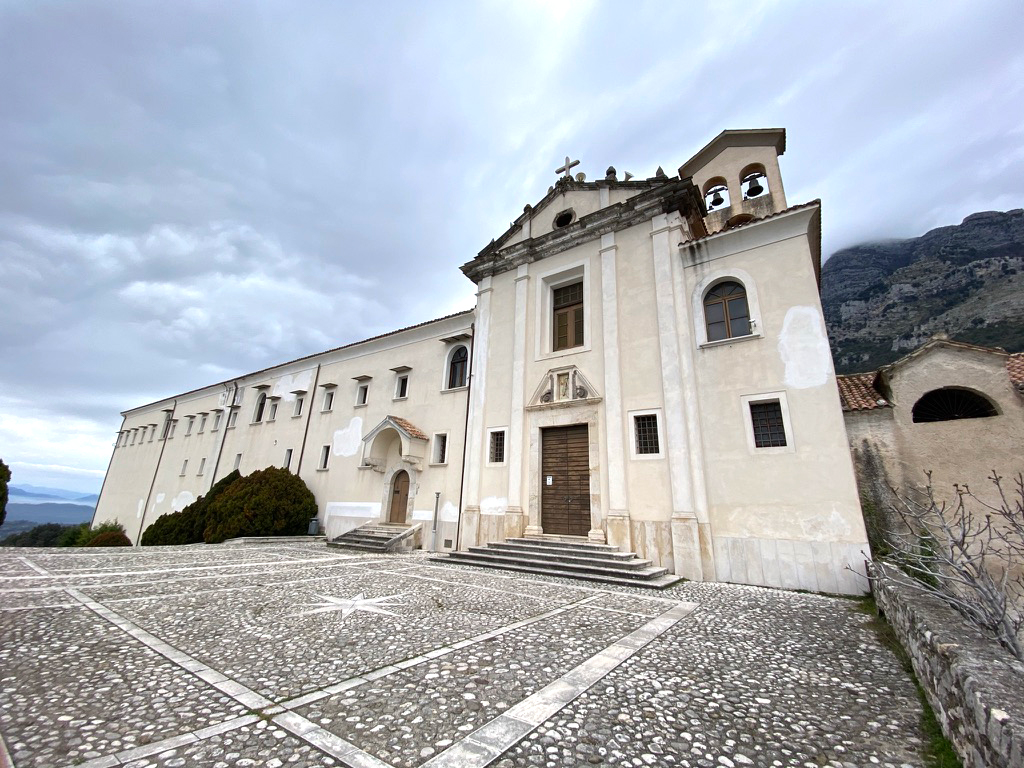
In a spectacular position, overlooking the entire valley from the top of Mount Monaco di Gioia, stands one of the oldest sacred buildings in Faicchio, the Convent of San Pasquale with the church of San Salvatore. The original structure dates back to 1349, but the damage caused by the earthquake of 1688 made a rebuild necessary. Of the ancient building there are still 15th century frescoes being restored and the rich 18th century stucco endowment. To the baroque version of the church also belong a majolica floor and a series of ceramics from the school of San Lorenzello, born in that period. The Martini tabernacle is very impressive and the library is of great value, with thousands of volumes dating from the 16th century and manuscripts dating back to the 20th century.
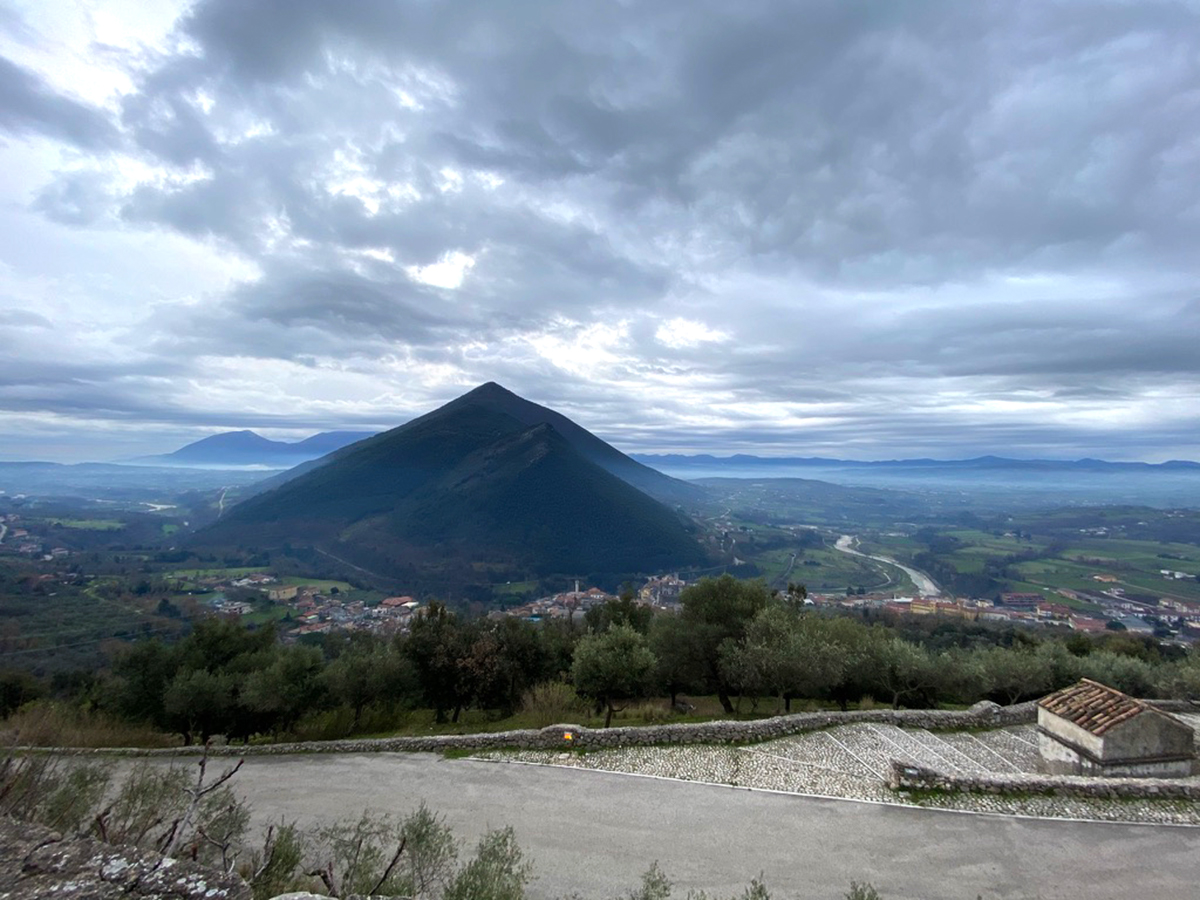
The many churches of Faicchio are scattered among the town and the various hamlets in the surrounding area.
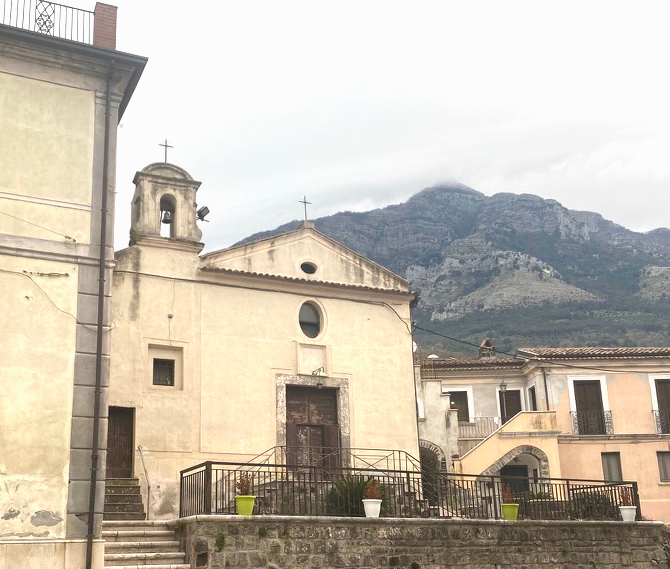
From the church of San Giovanni Battista, patron saint of the town, merged in 1446 with the Collegiate Church of Santa Maria Assunta, rebuilt after World War II, to the 14th century church of San Nicola in the fraction of Massa; from the church of Santa Lucia, founded by “Congrega dei Sette Dolori”, with precious frescoes and statues of Neapolitan history, to the church of Santa Maria di Costantinopoli in Fontanavecchia; from the Church of Ave Gratia Plena, with an enormous canvas woven by all the women of the town and then painted by Cosenza, to the church of Carmine, which belongs to the convent of the Sisters of the Angels and houses the remains of the founder, the blessed Maria Serafina. Right in front of the castle, in Roma Square, there is also the church of San Rocco. The church of San Michel, built inside a cave at the feet of Mount Monaco di Gioia, belongs to the Longobard period.
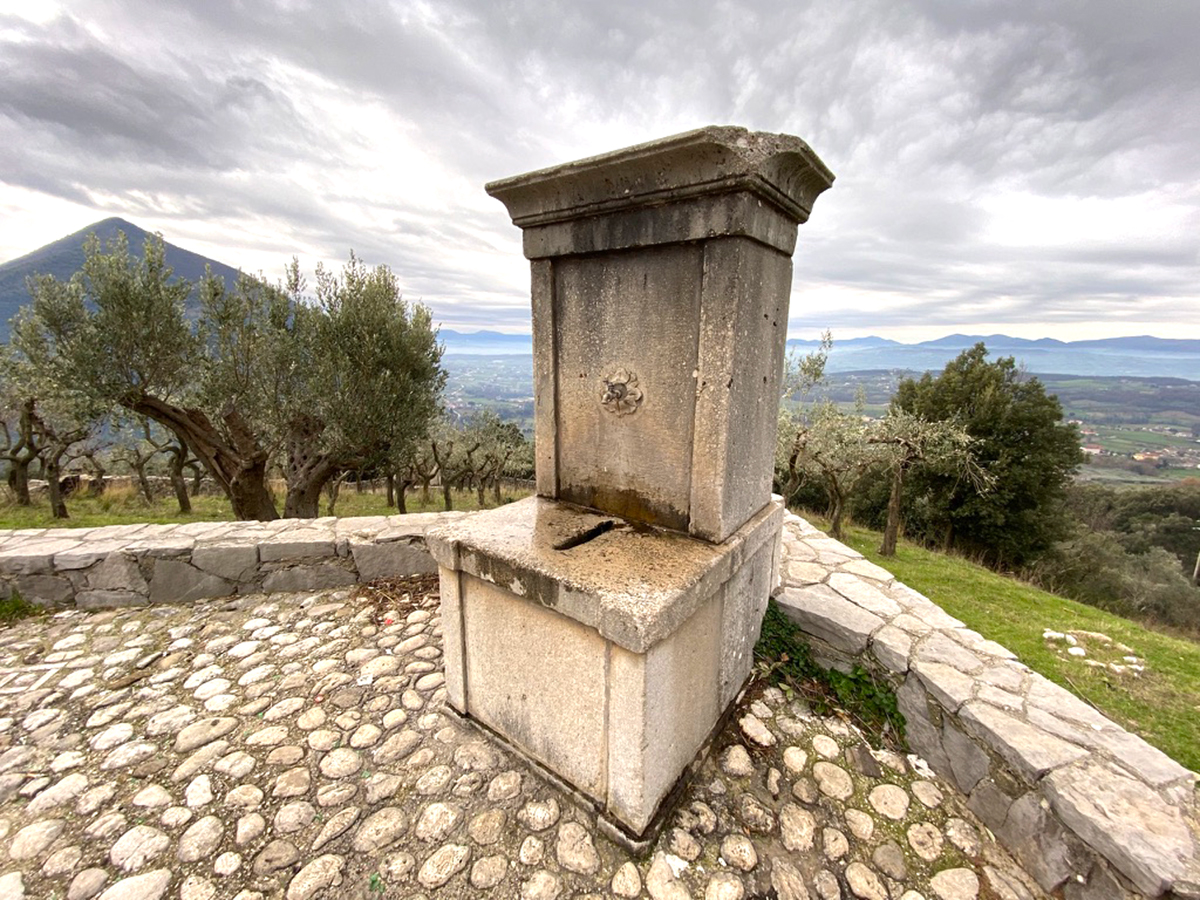
From the same mountain begins the underground Roman aqueduct of the third century BC that also crosses part of the historic center and which, along its path, feeds a medieval fountain near the church of Santa Maria di Costantinopoli. Are also from Roman times the two cryptoporticos and the Fabio Massimo bridge, which would have been used by a Roman warlord during the second Punic war against Hannibal. Dell’Occhio is another historical bridge, built humpbacked on the Titerno, simplifying connections between Matese and Mount Erbano.
On the summit of the nearby Mount Acero, which is part of the territory of Faicchio and part of that of San Salvatore Telesino, the monumental megalithic walls of the 6th century BC have been preserved, encircling the arch of Monte Acero for about three kilometers, the Samnite fortress used as a lookout point to guard the territory controlled by the Pentri tribe.
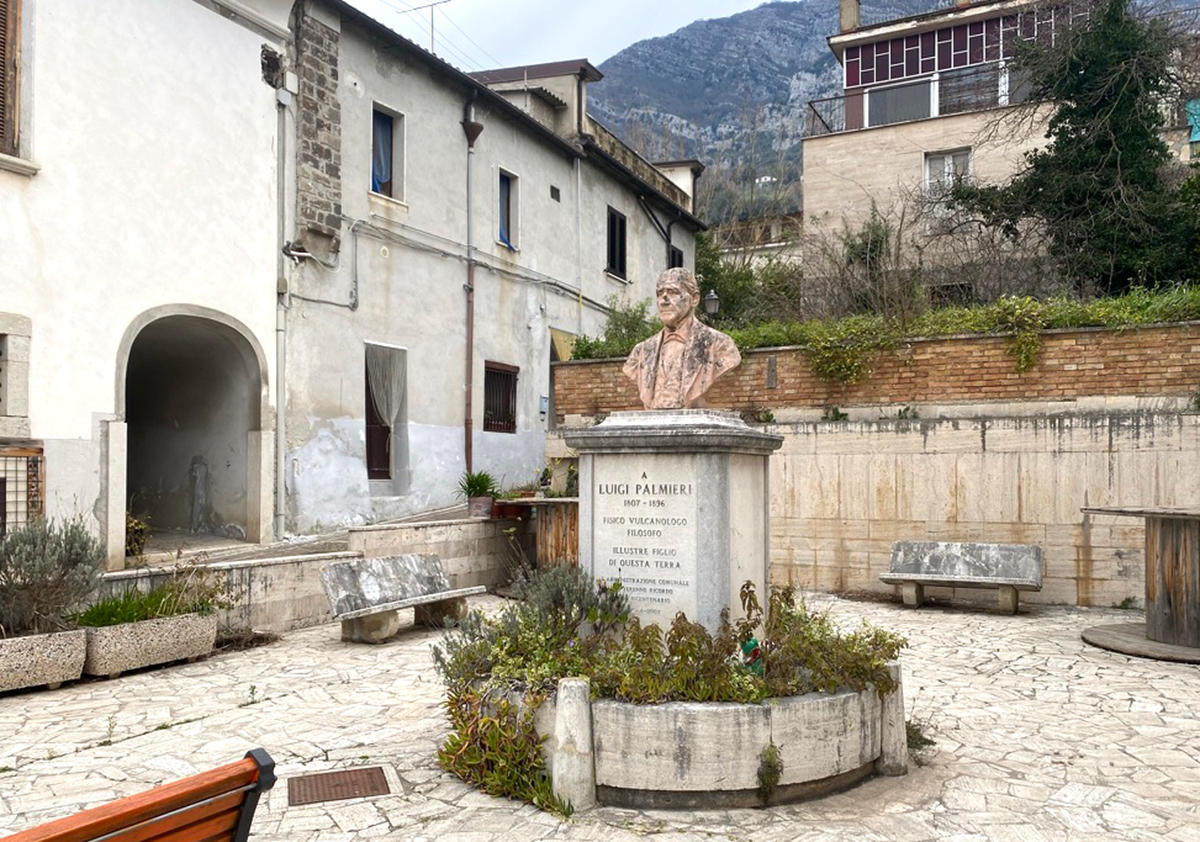
Among his illustrious fellow citizens, Faicchio has Giovanni Pascale, founder of the Cancer Institute of Naples, and the director of the Vesuvian Observatory since 1856, as well as the inventor of the seismograph, Luigi Palmieri, to whom a bust is dedicated in the square of the historic center named after him in where also stands a war memorial monumet.
Copyright video, foto e testi © 2020



Comments powered by CComment